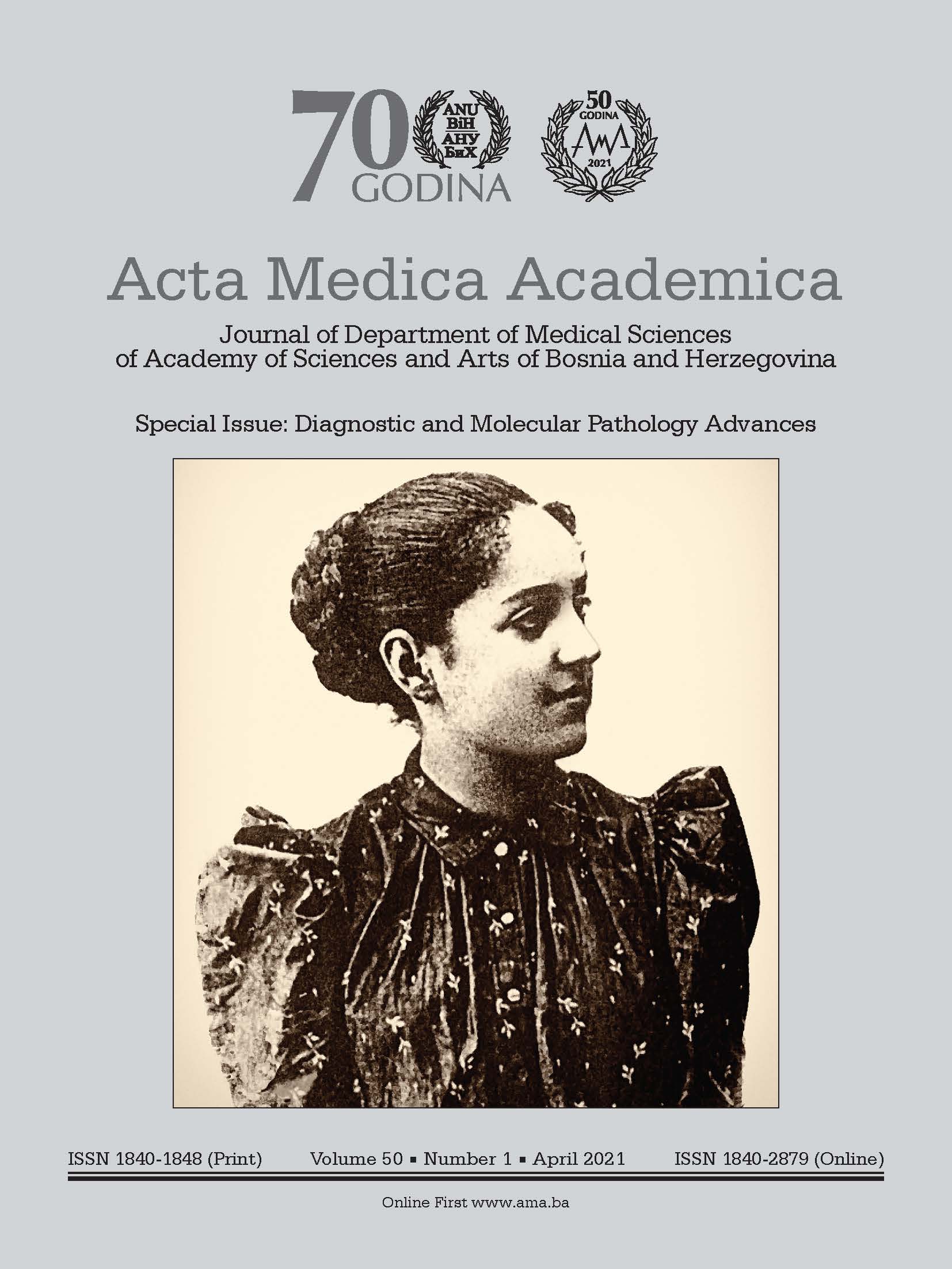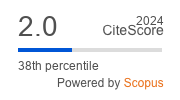A Review of Molecular and Genetic Diagnostics of Myeloid Malignancies with Emphasis on Diagnostics in Bosnia and Herzegovina
DOI:
https://doi.org/10.5644/ama2006-124.334Keywords:
Myeloid Neoplasms, Molecular Diagnostics, Myeloproliferative Neoplasms, Myelodysplastic Syndrome, Acute Myeloid LeukemiaAbstract
Here we describe the major genetic and genomic aberrations found in myeloid malignancies and how those markers are used in patients’ diagnosis, prognosis, and targeted treatment. In Bosnia and Herzegovina, cytogenetic and molecular diagnostics for myeloid malignancies have been established and continually improved since 2005. We report the current state of available diagnostic tools for myeloid malignancies in Bosnia and Herzegovina. Myeloid malignancies are a heterogeneous group of clonal blood diseases characterized by defects in hematopoietic stem cells and myeloid progenitors that lead to abnormal proliferation, differentiation, localization, and self-renewal. Most common myeloid malignancies include myeloproliferative neoplasms (MPNs), myelodysplastic syndrome (MDS), and acute myeloid leukemia (AML). Molecular diagnostics of myeloid malignancies have significantly expanded in the last decade with new genetic and genomic markers for diagnosis, prognosis, and treatment.
Conclusion. In the last decade, several new genomic markers important for patient diagnosis, prognosis, and therapy have been discovered that need to be implemented in routine molecular diagnostics not only in developed nations but also in developing nations such as Bosnia and Herzegovina.
Downloads
Published
Issue
Section
License
Copyright (c) 2021 Amina Kurtovic-Kozaric, Erna Islamagic, Adna Asic, Lejla Mehinovic-Cavcic, Larisa Besic, Hana Sahinbegovic, Hana Komic, Sabira Kurtovic, Lejla Burazerovic

This work is licensed under a Creative Commons Attribution-NonCommercial 4.0 International License.





